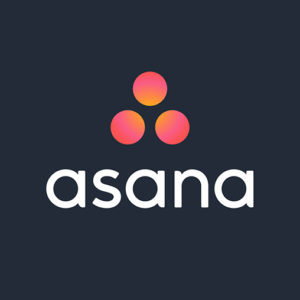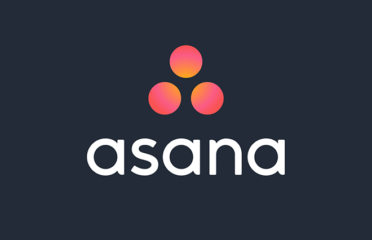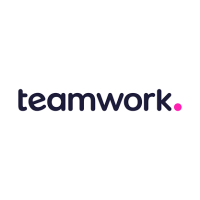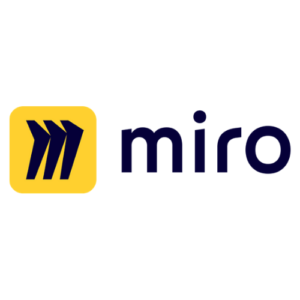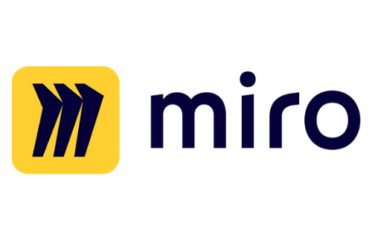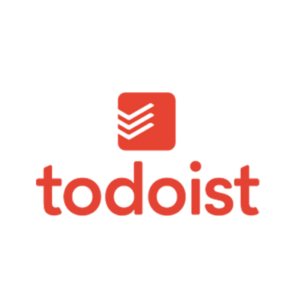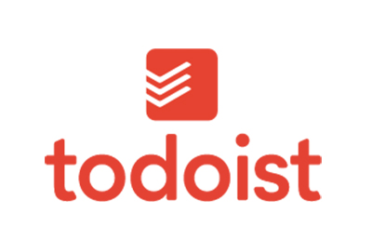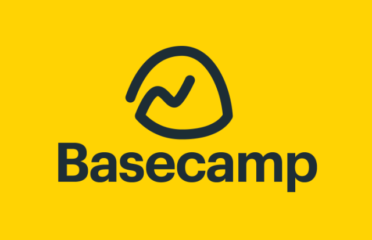Collaboration Software Platforms for Teams
Small business owners depend on their team to embrace a collaborative spirit, whether in the office or remotely. Each person understands their role in creating and completing a project. Employees are more likely to promote teamwork when they have the right tools. Small business collaboration software provides an array of tools that allow coworkers to collaborate through each phase of a project.
Collaboration software allows team members to share, process, and manage data on a single platform so that they can jointly work on a project or task. Its primary purpose is to enhance productivity through creativity, communication, and input. Today’s software offers cloud-based services, industry-specific tools, and endless customization options, as well as enhanced security features.
Why Use Small Business Collaboration Software?
Collaboration software provides a centralized workspace where employees can contribute their talents, ideas, and creativity within their roles. The platform offers easy access from any remote location. Any changes occur in real-time so that team members benefit from instant updates. There are several other benefits of using these types of software services.
Simplified Project Management
Project managers have the difficult role of ensuring that each member completes upcoming tasks on time and according to project specifications. Collaboration software allows managers to develop a customized project workflow while tracking the team’s activities from a single location. They can establish the parameters of the job and use a variety of tools to ensure their success. When using software, the process is much easier.
Remote Collaboration
Remote collaboration allows small business owners to enlist team members globally to complete a project. It also allows current team members to work on any project from any location. In addition, team members can also use video chat tools to set up virtual meetings and discuss projects. Companies no longer have to wait for employees to return to work to continue with projects.
Improved Efficiency
Most collaboration products offer auto-save and auto-update features that save data as users add it to the platform. This prevents repetitive tasks, which saves time. Managers can also establish deadlines and send notifications to keep employees on track. Instead of making calls or visiting offices, teammates can upload data and notify other members to review it. Transitioning from manual to digital processes improves efficiency.
Better Client Relationships
Clients are more likely to buy into a product or service concept when they can provide input throughout the process. In the past, getting clients to participate was always a hassle as it often required an on-site visit. Today, clients can approve projects or provide input instantly on a cloud platform or in video chat. This form of participation promotes instant gratification, which, in turn, fosters healthy client relationships.
How Does Collaboration Software Work?
Collaboration software allows a team to collaborate, solve problems, communicate, and share files as they work together on project tasks. Ultimately, the software facilitates a digital transformation and helps small business owners phase out manual processes when managing projects. Collaboration software also centralizes the base from which all members of the team operate. All departments and employees can collaborate on the same platform.
Core Functionality Considerations
Administrators need to assess their needs and compare product features so that the right product aligns with their organizational objectives. Before purchasing software, companies need to consider criteria such as budget, team size, industry, infrastructure, project type and scope, current software and hardware integration, and scalability for projected business growth. Some core function considerations should include
- Cloud versus server-based format
- Software integration (API) capabilities
- Easy setup and interface
- Encrypted and high-level security
- Task and project management
- Communication features (messaging and video conferencing)
- Desktop and remote device accessibility
- Scalability
- Custom automation
- Maximum storage
- Customer service
Small Business Collaboration Software Features
Primary features that collaboration software includes fall into three main categories:
- Communication tools
- Task or project management functions
- Content management and storage platforms
In addition, many features also function in one of two ways:
- Synchronous: Multiple users work on the same tasks simultaneously in real-time.
- Asynchronous: Users work on the same tasks at different times.
As more small business owners utilize cloud-based software, more companies add synchronous features, which cater to workers in remote locations. With that in mind, key collaboration software features include:
- Screen sharing
- Automation
- Instant messaging, group chat, and mentions
- Video conferencing
- Encryption
- Two-factor authentication (login)
- Cloud storage
- Task and project management interface
- Software integration (API)
- Notifications
- Desktop and mobile version
- Custom fields
- Dashboard
- Project status
- Data reports
- Desktop sharing
- Project progress view options
- Notes
- Calendar and scheduling
- Customer support
- Help Desk
How to Compare Collaboration Software Products
When comparing collaboration software products, small business owners should establish criteria such as document management, task management, project management, integration, simplicity, security, customer service, scalability, and cast. Most importantly, they must weigh each product’s merits against the needs of their organization.
Process Management
The primary function of collaboration software is process and protocol management. How well does the software help the user manage files, tasks, projects, and communication? Managers should see improved workflow efficiency, communications, collaboration, and teamwork while noticing a reduction in delays, errors, and repetitive work.
‘Anywhere’ Accessibility
Whether the staff is working in-house or halfway across the world, all team members should easily access the platform. Business owners should begin by looking at products that offer cloud-based (SaaS) services. All users should be able to log in, work, share data, and communicate in a centralized virtual location.
Ease of Use
Collaborative software’s multifaceted platform lends itself to complexity. For this reason, one of the most common complaints of managers is that programs are hard to set up and too complicated to use. Products should contain a well-designed, clean interface that makes it easy to create and navigate projects. This is especially important during the earliest stages of digital transformation.
Integration
Can the software integrate a company’s current software into its system? Collaborative software should integrate with other tools such as calendars, scheduling, time and billing, document storage, and communication tools. Joining stand-alone systems makes it easier to replicate processes digitally instead of manually.
Security
Can collaboration software withstand a disaster with all data intact? What administrative and login features are set in place to prevent a breach? Are there components that account for user errors? The software should be equipped with features that make it secure, accounting for various possible issues.
Best Small Business Collaboration Software
Below is a list of top-rated small business collaboration software that receives consistently high marks from experts and users.


